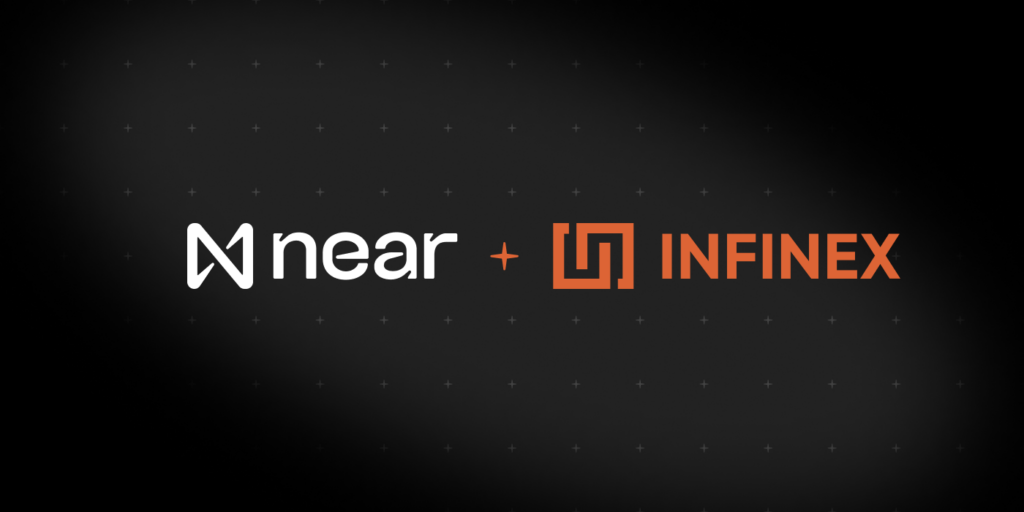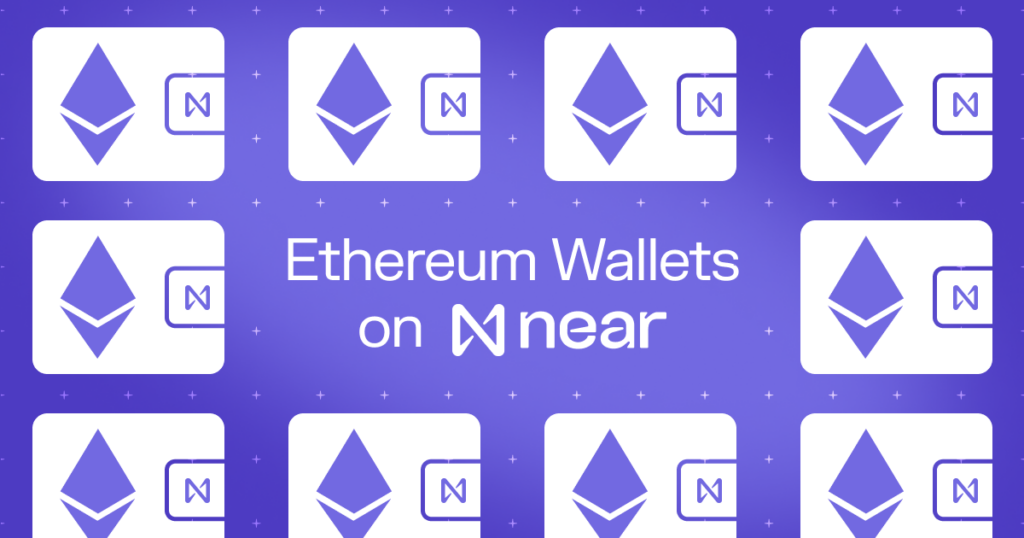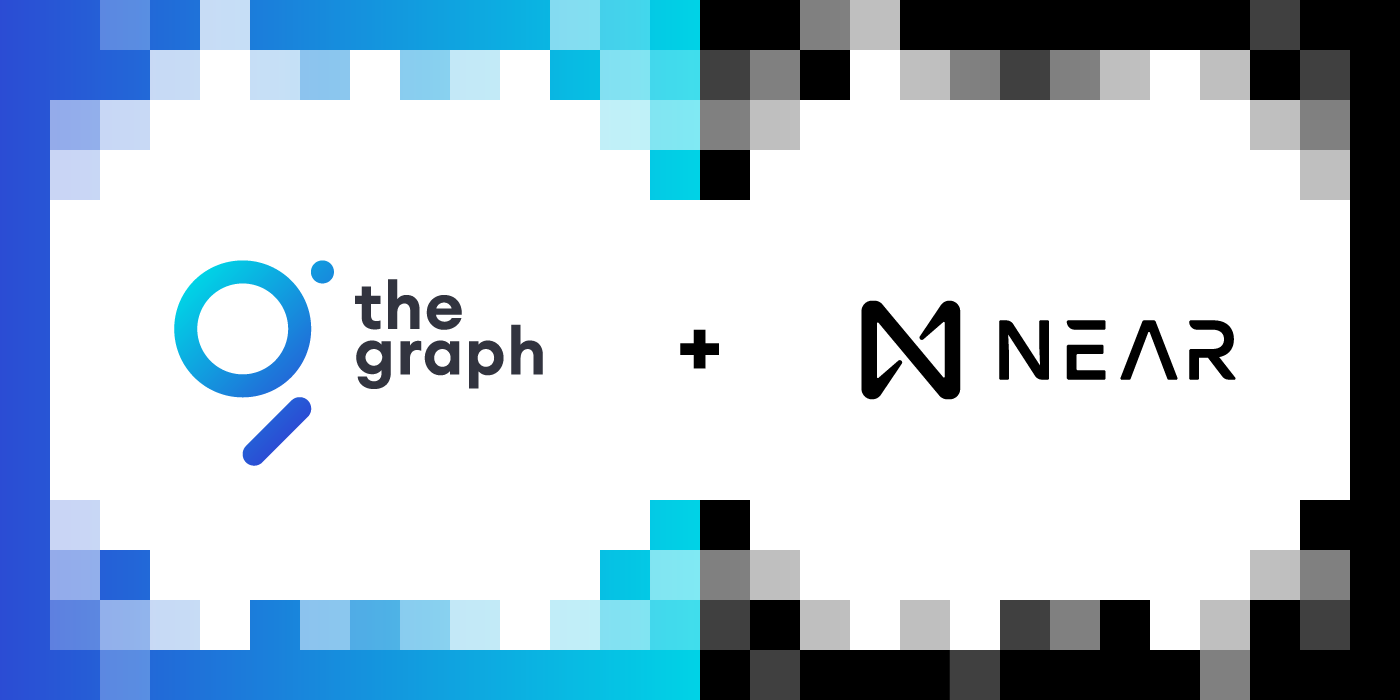NEAR and The Graph Partnership
NEAR and The Graph partner to bring Indexing and Querying to the NEAR blockchain
Developers building applications on NEAR will be able to build subgraphs (open APIs), and index blockchain data more efficiently.
The Graph is excited to announce an official integration plan with NEAR, expanding the decentralized indexing network of NEAR’s infrastructure. The Graph currently supports Ethereum and IPFS. This partnership will support developers to build powerful applications on NEAR using The Graph, and enable developers from all supported ecosystems to explore querying of subgraphs (open APIs) for data across different blockchains. Subgraphs exist for applications like Uniswap, Synthetix, AAVE, Gnosis, Balancer, Foundation, and many others.
The Graph is the indexing and query layer of the decentralized web. Indexing is a way of structuring and categorizing data so it can be easily searched for and queried by users. Developers build and publish open APIs, called subgraphs, that applications can query using GraphQL. The Graph solves the problem of centralized data indexing by building a decentralized protocol for indexing blockchain data, users no longer have to trust teams to operate servers and developers can deploy to reliable public infrastructure they don’t have to manage.
Growing the Open Web with The Graph
NEAR is a decentralized application platform that is secure enough to manage high value assets like money or identity and performant enough to make them useful for everyday people, putting the power of open technologies in their hands. It is built atop a public proof-of-stake blockchain, which combines the scalability that is needed to drive the Open Web with the common-sense usability that is needed to make it successful.
“NEAR is excited to work with The Graph ecosystem. The Graph Protocol provides essential infrastructure for developers to build and query required representations of blockchain data. Tools like The Graph empower NEAR developers to build decentralized applications faster, which will attract more builders and users to the Open Web,” said Illia Polosukhin, NEAR Co-Founder.
Eva Beylin, Director of The Graph Foundation added, “We’re excited about NEAR being one of the first multi-blockchain expansions for The Graph, enabling developers to build more interoperable dapps within the Web3 ecosystem.”
The partnership will empower NEAR’s ecosystem builders to build with a truly decentralized indexing layer and allow them to collaborate with The Graph’s network of developers. Furthermore, it provides a solution to composability issues in blockchain by creating decentralized APIs that serve data from a number of different chains.
The Graph aims to grow overall Web3 development and help developers build interoperable applications. The Integration with NEAR will accelerate both projects’ goal of ‘Opening the Web’.
About The Graph
The Graph is a protocol and decentralized network for querying and indexing blockchain data. At The Graph, our mission is to make serverless applications possible and to make building on Web3 accessible to anyone. Before NEAR, The Graph was integrated with many applications on Ethereum and IPFS that use subgraphs for retrieving data. To date, over 8,000 subgraphs have been deployed by over 10,000 active developers for applications, such as Uniswap, Synthetix, Aragon, Gnosis, Balancer, Livepeer, DAOstack, AAVE, Decentraland, and many others.
The Graph Foundation invites developers, researchers and community members alike to apply to The Graph Grants Program. Anyone contributing to supported blockchains can apply for a grant for Protocol Infrastructure, Tooling, Decentralized Applications or Community Building. The Foundation is aiming to distribute up to ~25M GRT in grants in The Graph ecosystem in 2021.The Graph would also love to welcome you to be Indexers, Curators and/or Delegators on The Graph’s mainnet. Join The Graph community by introducing yourself in The Graph Discord for technical discussions, join The Graph’s Telegram chat, or follow The Graph on Twitter! The Graph’s developers and members of the community are always eager to chat with you, and The Graph ecosystem has a growing community of developers who support each other.
About NEAR
NEAR exists to enable community-driven innovation to benefit people around the world. NEAR is a decentralized application platform that secures high value assets like money and identity with the performance necessary to make them useful for everyday people, putting the power of Open Finance and the Open Web in their hands. NEAR’s unique account model allows developers to build secure apps that consumers can actually use similarly to today’s web apps, something which requires multiple second-layer add-ons on other blockchains.
Technically speaking, NEAR Protocol is a brand new, public, proof-of-stake blockchain which is built using a novel consensus approach called Doomslug. NEAR Protocol uses a new sharding mechanism called Nightshade which splits the network into multiple pieces so that the computation is done in parallel. Parallelism radically increases throughput and allows the network to scale up as the number of nodes on it increases. With NEAR, there isn’t a theoretical limit on the network’s capacity.
NEAR invites you to join us on the journey to make blockchain accessible to everyday people who are excited for the future of the Open Web. If you’re a developer, be sure to sign up for our developer program and join the conversation in our Discord chat. You can also keep up to date on future releases, announcements, and event invitations by subscribing to our newsletter or following us on our Twitter for the latest news on NEAR.
Share this:
Join the community:
Follow NEAR:
More posts from our blog



